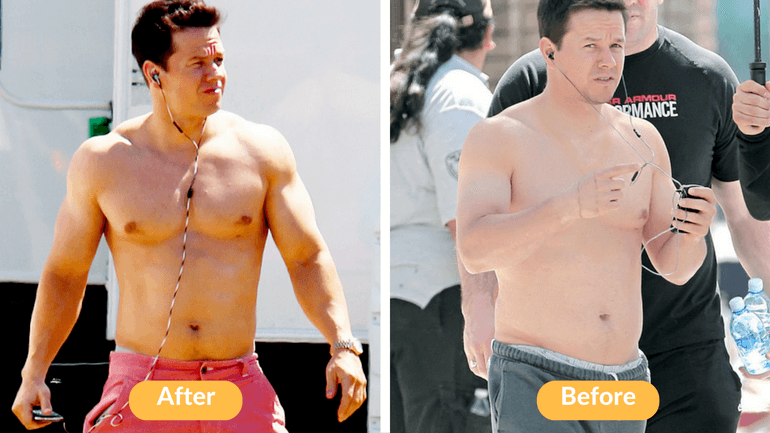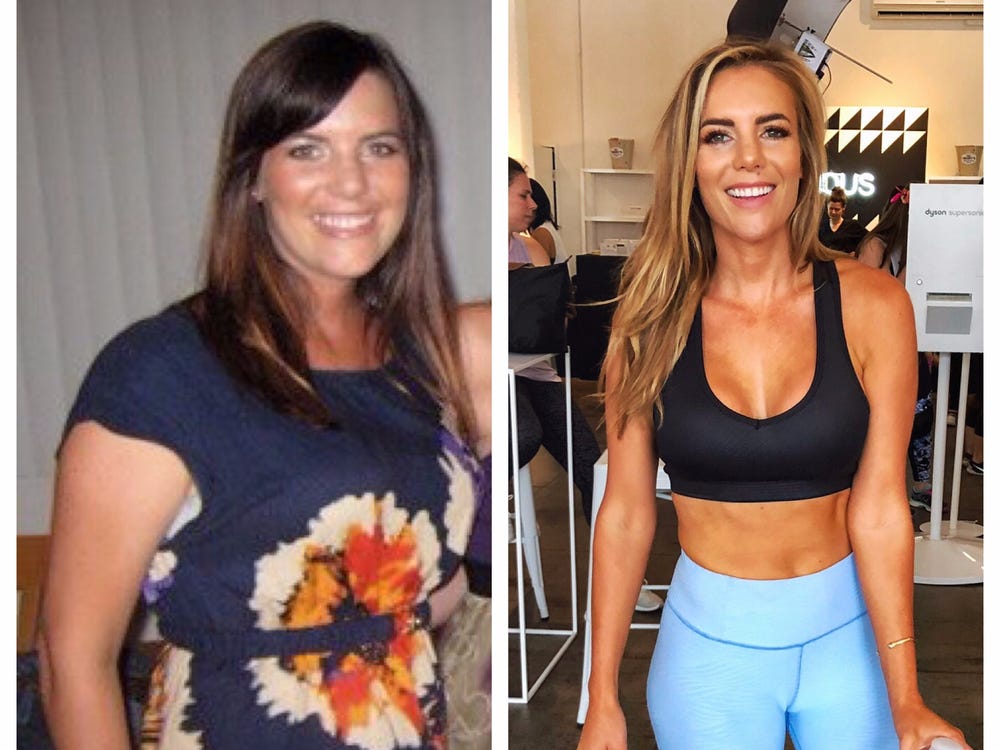
Did you realize that skiing has different calories? This article will explain the differences in cross-country and downhill ski and what the physical demands are for each. Off-piste is another option that can increase your calorie intake. This type of skiing is more challenging than traditional ski, so you'll burn more calories. If you're considering taking up skiing as a new sport, read on for tips on how to maximize your skiing workout.
Uphill skiing burns more calories
When it comes skiing, you will find that uphill runs are more beneficial for your body than those on the downhill. You must understand the factors that influence how much calories you burn while skiing. These factors will help you optimize your workout and maximize your skiing experience. These are some important points to keep in mind:
Cross-country skiers can typically burn around 550 calories per hour. Skate skiing can burn more calories than any other form of skiing and can consume up to 1,100 calories each hour. Nordic skiing can be a more intense form of skiing than standard. It burns about the same calories as a regular skier. However, Nordic skiing involves hiking up steep hills. Nordic skiing burns as much as running so include moderate calories into your daily diet.

Downhill skiing burns less calories
The amount of calories burned when skiing depends on many factors and can vary considerably from person to person. Downhill skiing, which involves both anaerobic as well as aerobic exercise, is one of winter's most effective ways to lose calories. Harvard Medical School's research has shown that a person with a body weight of around 155 pounds can burn around 532 calories during an hour of downhill ski. The number of calories that are burned during this activity directly correlates with body weight. This is why overweight skiers should pay attention to their diet when planning their skiing schedule.
Experts recommend that beginners spend an entire hour on the slopes of downhill skiing before moving onto other disciplines. Skiers should be able to make dynamic turns that strengthen their core muscles as well as increase their flexibility. They should also use poles to increase their momentum when climbing up the mountain. Although beginners may burn less calories than more experienced skiers, the workout overall is more intense and results more calories being burned. Consider a downhill ski-specific fitness program to maximize the benefits of your downhill skiing sessions.
Cross-country skiing burns far more calories than downhill.
Cross-country skiers are a great option if you want to burn more calories skiing. The same amount of effort used by a seasoned cross-country skier can burn as much as 500 calories per hour for a 150-pound person. Cross-country skiing is more challenging than downhill skiing. You'll burn more calories per hour if you push yourself forward.
Harvard Health Publications says that cross country skiing burns about 1,000 calories an hour. That's almost twice as much as downhill ski. You can also ski on snowshoes. An average person can burn between 380-500 calories per hour, depending upon the difficulty level. CPA estimates are only available for certain sports like freestyle snowboarding.

Off-piste ski is more difficult.
Off-piste skiing requires more technical skills and more confidence in adjusting to mountain conditions. It also requires the mastery of a variety of skiing techniques, from short turns to controlling speed within a narrow corridor. First practice on easier terrain. Then, move up to steeper slopes where you can test yourself. Your mental and physical habits of skiing will improve if you challenge yourself. You will be able to turn faster and better.
Off-piste skiing requires specific equipment, like wider skis for powder and stiffer skis for harder snow. The wider skis make it easier to turn in powder. You will need to know how to distribute your weight evenly on both skis in crusty snow. On hard-pack snow, you'll need to stay seated, and your weight should be evenly distributed on both skis. You should also slow down and be deliberate when handling thin snow or rocks. These skills can only be learned with the help of proper training.
FAQ
What is the difference between intermittent fasting or calorie restriction?
Calorie restriction can be defined as eating less than your body needs. Intermittent Fasting is different in that it doesn't restrict calories. Intermittent fasting focuses more on eating fewer calories every day.
Intermittent fasting is more effective because it allows you to enjoy foods you love without feeling guilty.
However, both methods have their pros and cons. You will need to decide which method is best for you.
How do I lose weight
For people who want to look good, losing weight is a popular goal. People desire to lose weight because they want to live longer, feel healthier, and live longer. There are many methods to lose weight and different types of exercise. These include strength training, cardio training, yoga and pilates. Each exercise type has its benefits and drawbacks. Walking, for example, is the best way of burning calories. Lifting weights is a better choice if you are looking to increase muscle mass. This article will discuss which exercise and how to lose weight.
First, you must decide what kind of diet plan to follow when trying lose weight. You don't necessarily need to eat less food; rather, you just need to eat fewer processed foods and avoid junk food. At least 2200 calories is recommended daily. If you want to lose weight faster, you should reduce your calorie intake even further. This will help you lose weight faster.
Start exercising if you want to quickly lose weight. Exercise helps you burn calories and increase metabolism. You must combine exercise and a healthy diet to lose weight. You lose energy when you exercise and you won't eat as much. You will see a faster rate of fat loss if you exercise regularly. Regular workouts are a way to stay healthy. They keep you active and prevent diseases like heart disease, stroke, hypertension, diabetes, and others.
You should try to walk as much as possible. Walking burns approximately 500 calories each hour. If you walk 30 minutes every day, you will burn around 1500 calories. You will therefore lose approximately 1 pound per week. You can also run for 10 minutes or jog. Running burns about 1000 calories per hour. You should run 20 minutes each day if your goal is to lose five pounds in just three weeks.
For weight loss, it is best to combine exercise with healthy eating habits. Balance these two aspects.
What can I drink during intermittent fasting in the morning?
Drink water before you go to bed at night. It will help you feel fuller, faster, and it will give you energy throughout your day. You can add lemon juice or cucumber slices to enhance the flavor.
What is the best exercise for weight loss?
There are many factors that influence the amount of exercise required to lose weight. These include your gender, age, body type and how heavy you are. Most people require moderate activity at least five days per week.
The American College of Sports Medicine recommends 150 mins of moderate-intensity aerobic exercise per week spread over three consecutive days.
To lose 10 lbs, you should aim to exercise 300 minutes each week. This includes activities such brisk walking and swimming laps, bicycling, dancing, playing tennis or golfing, hiking, running, jogging and other similar activities.
For those just starting out, you might consider 20 minutes of vigorous activity every other week. You could do sprints, lifting weights or jumping rope.
Aerobic exercise is a great way to burn calories and build muscle mass. Muscles can burn more calories that fat. So building muscle while losing weight may help you achieve your goal faster.
How often do people fast regularly?
The majority of people who follow the ketogenic diet fast only once a week. Some people fast twice weekly. Others fast three-times per week.
There is a variation in the length of fasts. Some people fast for 24 hours, whereas others fast for 48 hours.
Some people even go longer than 72 hours. However, extreme cases like these are rare.
Are cardio exercises a good way to lose weight quickly?
Cardio exercises are great to burn calories but they won't necessarily help with weight loss. It all depends upon how much fat you have stored, and what type or exercise you do.
If you're obese, cardio exercises might not be enough for you to shed those extra pounds.
They should be combined with other types of exercise and dieting.
For instance, if you want to lose weight fast, you should perform cardio exercises like jogging or running. These types of exercises burn more calories per hour than any other exercise.
You should train resistance to gain muscles, not fat. Resistance training is done with no cost weights, machines, elastic bands, or other equipment.
Combining cardio exercise with resistance training is a great way to lose weight quickly.
For fast weight loss, combine resistance and cardio training.
Statistics
- One 6-month study showed that simply doing 11 minutes of strength-based exercises 3 times per week resulted in a 7.4% increase in metabolic rate, on average. (healthline.com)
- It's estimated that half of all American adults attempt to lose weight every year (1Trusted (healthline.com)
- One study in 9 active men found that HIIT burned 25–30% more calories per minute than other types of exercises, including weight training, cycling, and running on a treadmill (18Trusted Source (healthline.com)
- According to Harvard Health, it's estimated that a 155-pound (70-kg) person burns around 167 calories per 30 minutes of walking at a moderate pace of 4 mph (6.4 km/h) (5). (healthline.com)
External Links
How To
How to Intermittent Fasting
Intermittent fasting, a type of dieting that allows you to only eat one time per week, generally Monday through Friday. This diet aims to lower your overall calorie intake, while still ensuring you get enough nutrition. This is believed to help you burn more fat than if your meals were regular throughout the week.
The most common type of IF is to restrict calories on specific days of the week. This would be a way to skip breakfast and eat whatever you want throughout the day. You could also choose to eat three small meals daily rather than two large ones.
There are many different forms of intermittent fasting, including alternate day fasting, 5/2 fasts, 8/4 fasts, 16/8 fasts, etc. There are pros as well as cons to each form of intermittent fasting. Alternate-day fasting is the easiest method to get started because it doesn't require any significant lifestyle changes. However, not everyone can stick to a rigid schedule. They might prefer to experiment with other methods.
I recommend alternate-day fasting if you're starting an intermittent fasting regimen. This will allow you to gradually transition into more extreme fasting routines without completely changing your lifestyle.